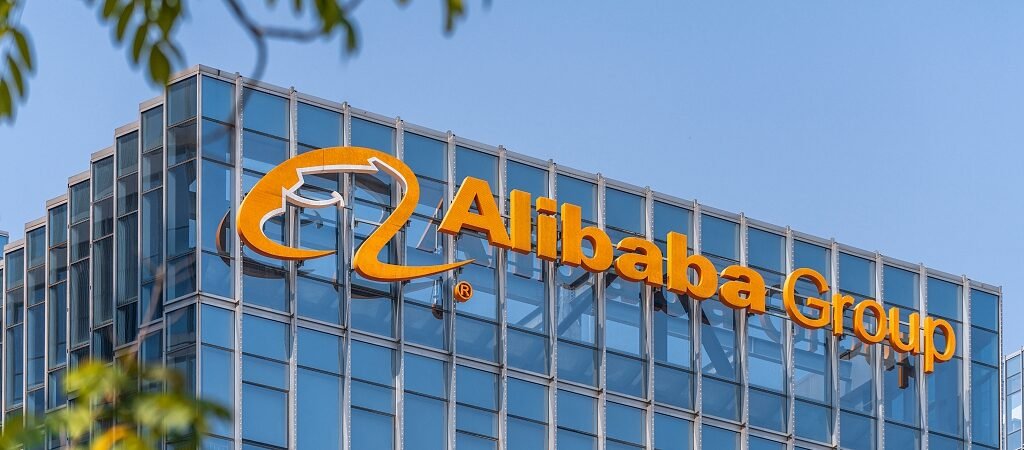Alibaba Group (BABA) is at a critical juncture as it prepares for a potential resurgence in 2025. The company has been navigating through various challenges, including regulatory pressures and intense competition in the e-commerce sector. However, recent developments suggest that Alibaba is strategically positioned to capitalize on favorable economic conditions in China, making this an opportune time for investors to delve into BABA stock analysis.

BABA Stock Analysis : Recent Financial Metrics
In its second quarter of fiscal 2025, Alibaba reported impressive financial results that indicate steady growth across its core segments. The company achieved revenues of $33.7 billion, surpassing analysts’ expectations and reflecting a 5% year-over-year increase. This growth can be attributed to the company’s robust e-commerce platforms, Taobao and Tmall, which have seen unprecedented levels of active user engagement. Furthermore, net income soared by 58%, reaching $6.25 billion, while diluted earnings per share (EPS) rose to $2.59, marking a significant 69% increase from the previous year .Despite these positive metrics, adjusted EPS showed a slight decline of 4%, highlighting some operational hurdles that Alibaba continues to address. Nevertheless, the overall financial performance suggests that the company is on a solid path toward recovery.
Cash Flow and Liquidity
Cash flow remains a crucial component of Alibaba’s financial health. As of September 30, 2024, the company held approximately $79 billion in cash and short-term investments, providing a strong liquidity buffer against economic uncertainties. However, cash flow from operations has experienced a decline, with net cash provided by operating activities reported at around $3.23 billion, down 26% compared to the same quarter last year.Additionally, free cash flow saw a significant drop of 52%, totaling around $2.13 billion. This decline can be attributed to increased capital expenditures aimed at enhancing its cloud infrastructure and supporting e-commerce operations. While these investments may temporarily strain cash flow, they are essential for long-term growth and competitiveness.
Capital Expenditure Usage and Future Growth Prospects
Alibaba’s capital expenditures have surged as the company invests heavily in its cloud computing segment and international expansion efforts. The cloud division has shown resilience, with revenues rising by 7% from the previous quarter and contributing significantly to Alibaba’s overall growth strategy.Looking ahead, analysts project that Alibaba’s revenues for fiscal 2025 could reach approximately $138.26 billion, representing a year-over-year increase of nearly 6% . This growth is expected to be driven by several factors:
- Cloud Computing Expansion: As demand for digital transformation services increases globally, Alibaba Cloud is poised for significant growth. The company’s ongoing investments in AI-driven marketing tools and cloud infrastructure are expected to enhance its service offerings and attract new customers.
- E-commerce Resilience: Alibaba continues to dominate China’s e-commerce landscape, with strong brand loyalty reflected in record consumer participation during events like the 11.11 Global Shopping Festival.
- International Market Penetration: The company is actively expanding into international markets, particularly in Southeast Asia. This diversification could offset any potential slowdown in domestic growth.
- Economic Recovery in China: With China’s monetary policies becoming more accommodative, consumer spending is expected to rise, further benefiting Alibaba’s diverse business segments.
Shareholder Returns
Alibaba has demonstrated a commitment to returning value to its shareholders through aggressive share buyback programs and dividends. In fiscal year 2024, the company repurchased shares worth approximately $12.5 billion, signaling confidence in its long-term value proposition . Furthermore, the latest quarter saw an additional share repurchase amounting to about $4.1 billion, contributing to a reduction of approximately 4.4% in outstanding shares.The company’s robust financial standing allows it to balance investments while rewarding shareholders effectively. Analysts have noted that Alibaba’s stock is currently undervalued compared to its peers in the retail sector, with a price-to-earnings (P/E) ratio significantly lower than the industry average . This presents an attractive opportunity for long-term investors looking to capitalize on China’s digital economy transformation at an appealing valuation point.

Conclusion : BABA Stock Analysis
In conclusion, an Alibaba stock analysis reveals a company poised for potential recovery and growth as it navigates through current market challenges. With strong financial metrics, strategic investments in high-growth sectors like cloud computing and e-commerce, and a commitment to shareholder returns through buybacks and dividends, Alibaba presents an intriguing opportunity for patient investors.While competition remains fierce both domestically and internationally, Alibaba’s diversified business model and substantial liquidity provide a solid foundation for future success. As we move into 2025, investors should remain vigilant but optimistic about Alibaba’s prospects as it continues to adapt and innovate within the rapidly evolving digital landscape.
Also read : AMZN Stock Analysis

